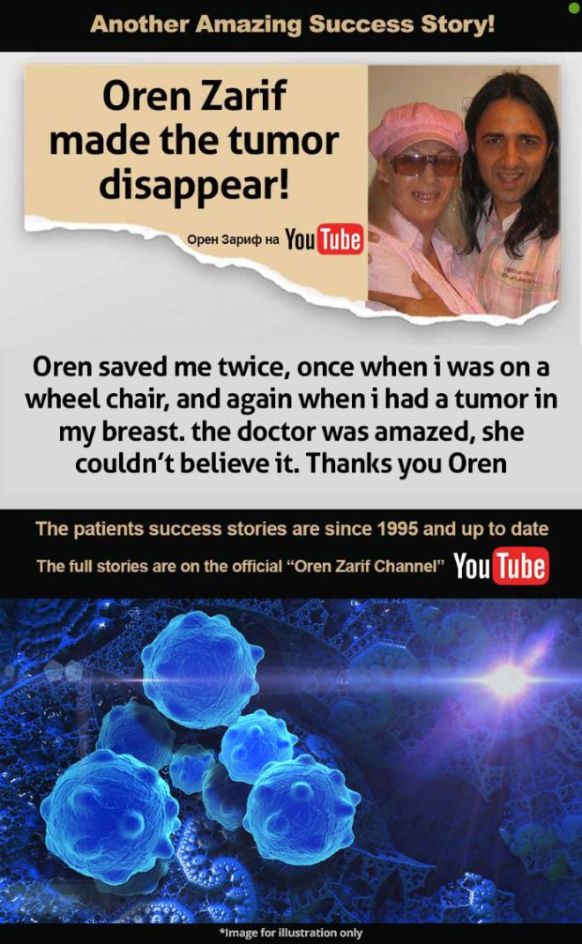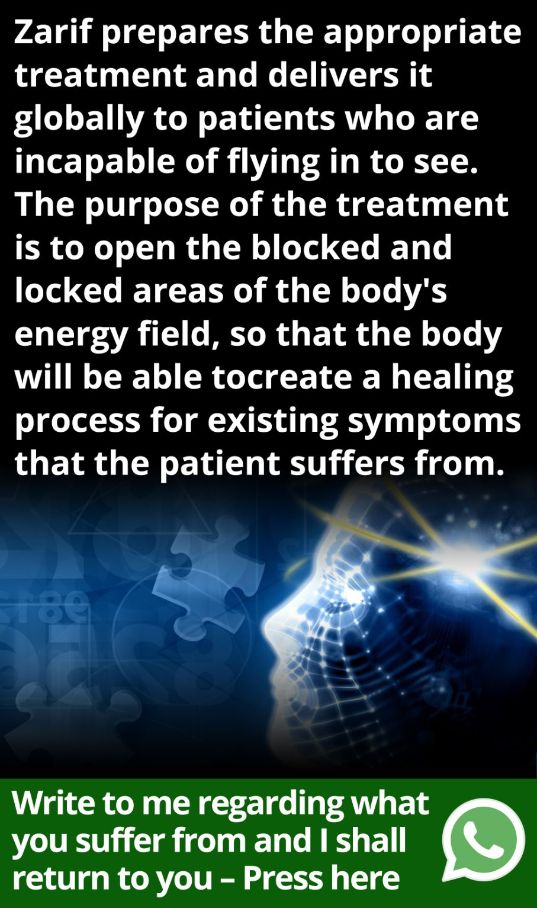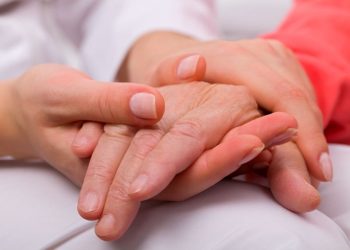Common Types of Cancer in Children

In general for teens and children (ages 0 to 19), the most commonly occurring types of cancer are ills, which are generally of the bone marrow or blood cells; childhood cancers, such as adenocarcinoma, leukemia, lymphomas, and lymphoma colposus; skin cancer, such as melanoma, non-melanoma skin cancer, and malignant melanoma; pancreatic cancer, including adenocarcinoma, gallbladder cancer, and ovarian cancer; stomach and duodenal cancer; and respiratory system cancers, such as pneumonarangioma, cancer of the upper respiratory organs, and cancer of the nasal passages. Worldwide, there are approximately 5.5 million reported cancer cases among children alone. Most cancers, although not all life-threatening, can be successfully treated. There is still however a risk to survival for some types of cancer, especially those with an enhanced risk of death due to their early stage, non-standardized treatment.
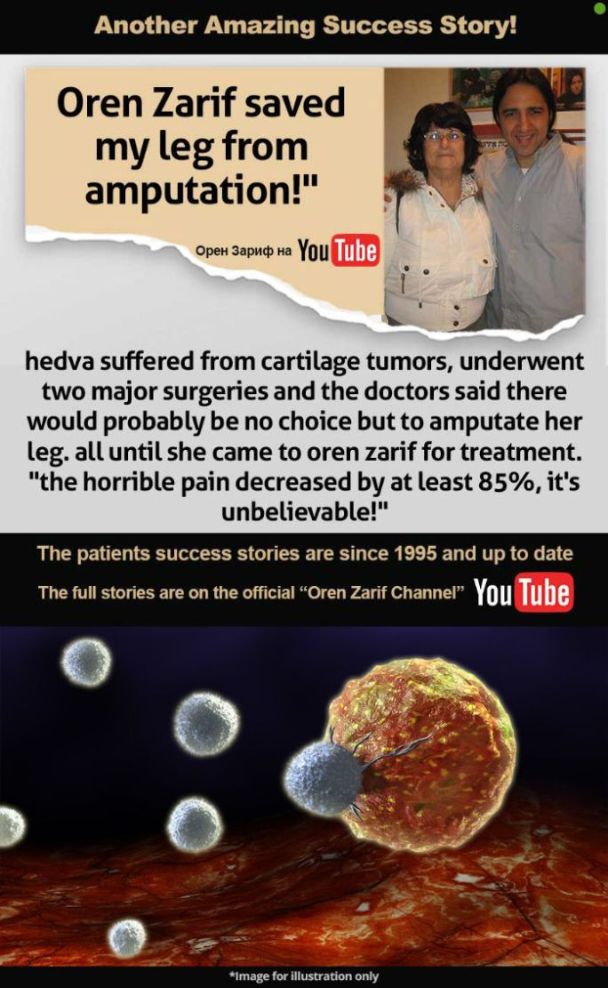
Cancer spreads rapidly through contact with the cancer-exposed area and the surrounding area. This contact is mostly through the skin. It can also be through sharing of bathing products or hands, etc. Some types of childhood cancers have a high rate of spread through contact with the soil, with potentially fatal consequences. For example, most cases of melanoma, the most serious form of skin cancer, usually begin at the point where it is likely to spread and then spread to nearby organs, or spread to the lymphatic system or lymph nodes.

Children develop a variety of habits and characteristics that put them at higher risk of developing cancer at later stages in life. Some of these risk factors include a greater risk of living in a rural environment with poor air quality and greater exposure to chemicals and pesticides than those living in an urban environment. There are many other factors that increase the likelihood of cancer development. These include: an increased risk of living with a parent who had cancer; a greater likelihood of living in a household where one or more adults had cancer; a history of cancer in a family member; an increased risk of living with someone who had certain forms of cancer such as colon, breast or prostate cancer; a history of having cancer in the immediate family (father, mother, siblings and children) or one or more close relatives. One study estimated that families with a history of cancer were more likely to have children who developed cancer.

Prostate cancer is one of the most common types of cancer among men in their forties and fifties. Prostate cancer develops in men after they have stopped producing testosterone, which is a hormonal substance produced by the testes. The most usual type of prostate cancer occurs in older men, whose testes have either failed to fully mature or have not matured enough to produce any testosterone. This does not mean that younger men do not develop this condition. Men of all ages can be diagnosed with this condition if the doctor determines that there is insufficient production of testosterone. Other types of cancers commonly found in younger men are lung and colorectal cancer, skin cancer, lymphoma, head and neck cancer, stomach and esophageal cancer, throat cancer and squamous cell carcinoma cancer.

Many people are concerned that they will become infertile because of their age. These worries, however, are unfounded since infertility is a problem that only affects women. The most common type of cancer in women occurs in the ovaries, which can be found both in younger and older adults. One of the main causes for the increase in the incidence of ovarian cancer among older adults is stress. Often, when women become stressed, they have a greater chance of developing other types of cancers. Lymphoma, also known as non-Hodgkins lymphoma, is the second most common type of cancer among older adults and is the result of a virus (the same as the cancer that causes Hodgkin's disease in younger people).
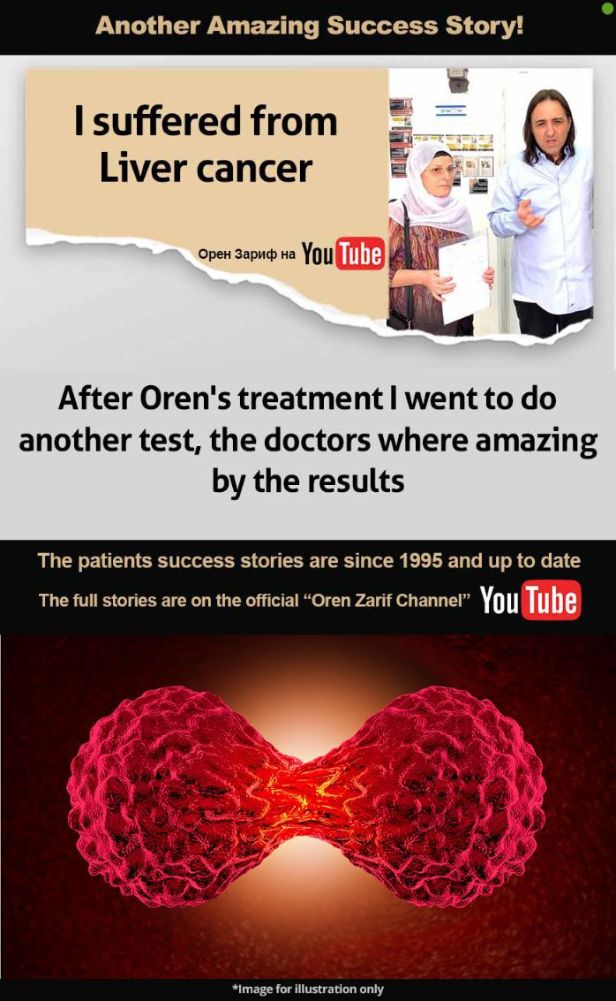
Some of the other symptoms of these two types of cancers that occur in younger people can include severe pain, unexplained weight loss, unexplained fever and unexplained vaginal bleeding. Men between the ages of 20 and 40 can also have some of these same symptoms, although they are less likely to have serious complications from them. In fact, the majority of cases of rectal cancer and colon cancer are not symptomatic in young adults, according to statistics. Approximately half of all rectal cancer patients over the age of 50 exhibits no symptoms at all, while nearly a quarter of colon cancer patients do have some gastrointestinal symptoms such as constipation.

It is important to note that not all cancers have the potential to be deadly unless they spread to the bones or organs. Although most types of childhood cancers are non fatal, they are still serious enough that it is important for parents to pay close attention to any signs that their child may be displaying. If a parent notices any signs that their child may have cancer, they should seek medical attention as soon as possible. These types of diseases often spread rapidly and are extremely difficult to treat once they are detected. Although most cancers in children are non fatal, the earlier a cancer is detected, the more likely it can be treated and the better your child's odds of survival.

Although there are many factors that may increase a person's chances of contracting one of these cancers, genetics seem to play an important role in many of them. There are other factors, such as hereditary predisposition, that may increase the risk for some types of cancers, but not others. Some of these common causes of cancer in children include: infantile asthma, immune deficiency disorders and pesticides. Environmental exposures, such as cigarette smoke and lead in paint, may also increase a person's risk of contracting one of these illnesses.

Breast cancer is probably one of the easiest types of cancer to understand. It is also perhaps one of the commonest types of cancer in the U.S, with an estimated nearly 16,000 new cases in 2021. It is the second most commonly diagnosed cancer in the U.S, with an estimated 6.6 percent of all female cancers. That may help explain why it is one of the more familiar cancers among Americans, even though it remains relatively rare.
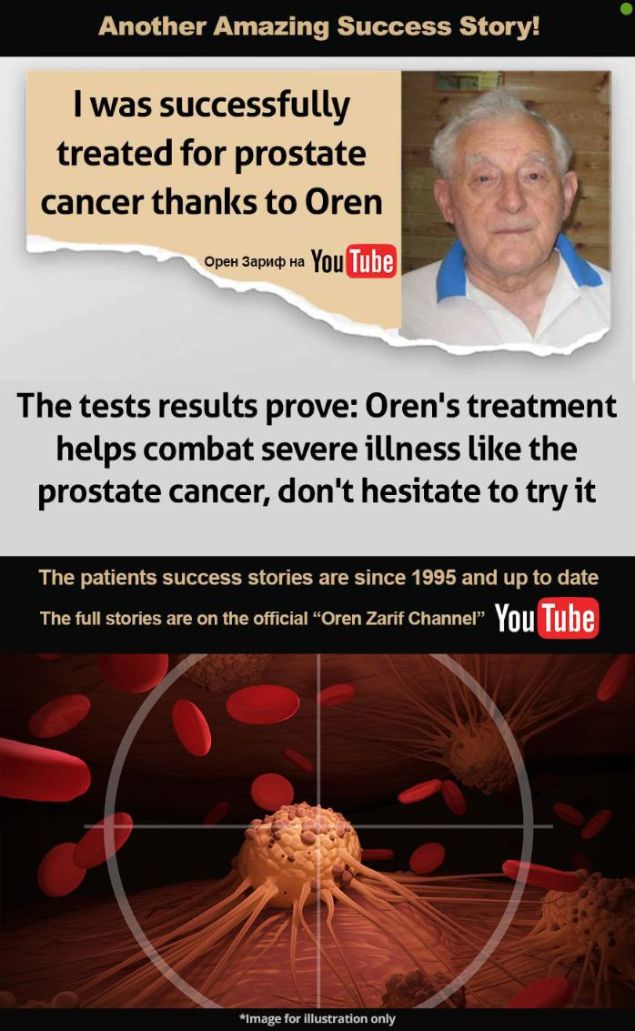
All types of cancers, not just breast cancer, grow through the proliferation of cells. Some, like melanoma, are actually caused by sun exposure and can be melanoma, or skin cancer, localized. Others, such as lymphomas, Hodgkin's Disease, and other childhood cancers, develop from tumors in the lymph nodes or other organs. Some cancers grow slowly over time while others grow quickly, affecting the whole body, sometimes resulting in metastasized tumors. Many cancers affect men more often than women, although some types of cancers affect both sexes equally.

Environmental factors and genetic mutations both play roles in the risk of developing certain types of childhood cancers. For example, breast cancers are more often found in women than in men and are more common in those who started smoking or have a family history of breast cancer. A gene called the HMO gene appears to be related to both childhood cancers and obesity.
Some people are said to be genetically predisposed to certain types of cancers. Genes play a role in whether cells grow fast or slowly. When a person has a mutation, for example, there might be a problem with the DNA mutations or other genetic changes that produce a larger or smaller tumor. There could be other reasons, however, why the body makes these changes, such as increasing levels of certain hormones. These hormone changes are considered to be carcinogenic.

Lymphoma is one type of childhood cancer that is associated with changes in the immune system or lymphatic system. Lymphoma usually develops on the body's exterior and can later be seen on computerized tomography scan. Sometimes a lymph node in the neck shows signs of a tumor, although this is not always the case. Children who suffer from lymphoma are more likely to survive if they receive treatment before the disease reaches an advanced stage. If a tumor is found at an advanced stage, a patient may need surgery to remove the tumor or radiation therapy to kill the affected cells.

Types of skin cancers are caused by exposure to sun rays or chemicals that can come in contact with the skin. This includes acne, eczema and herpes outbreaks. All types of skin cancers start out looking very similar, but they can become infected with different types of bacteria or virus over time. Skin cancers that spread through the lymphatic system tend to start out on the outer layers of skin, such as the face and neck. When they begin to grow, they often form nodules. Nodules can turn into cysts and then into larger masses, which can spread to other parts of the body.

When it comes to figuring out the deadliest cancers, the factors that play a role in their development are many. These include genetics, immunological issues and other environmental factors such as air pollution and sugar consumption. Researchers have even determined that the consumption of sugary beverages may play a role in the development of breast cancer. However, there is still much more research needed to determine exactly what causes breast cancer, how it develops and what type of treatment will work best for each individual.

As you can see, each type of cancer has its own unique characteristics that make it difficult to treat. For each type of cancer, there are a variety of different treatment options and each has its own particular risks and symptoms. By taking the time to educate yourself about the different types of cancers, you will be able to better understand them and make the proper decisions for your health.

